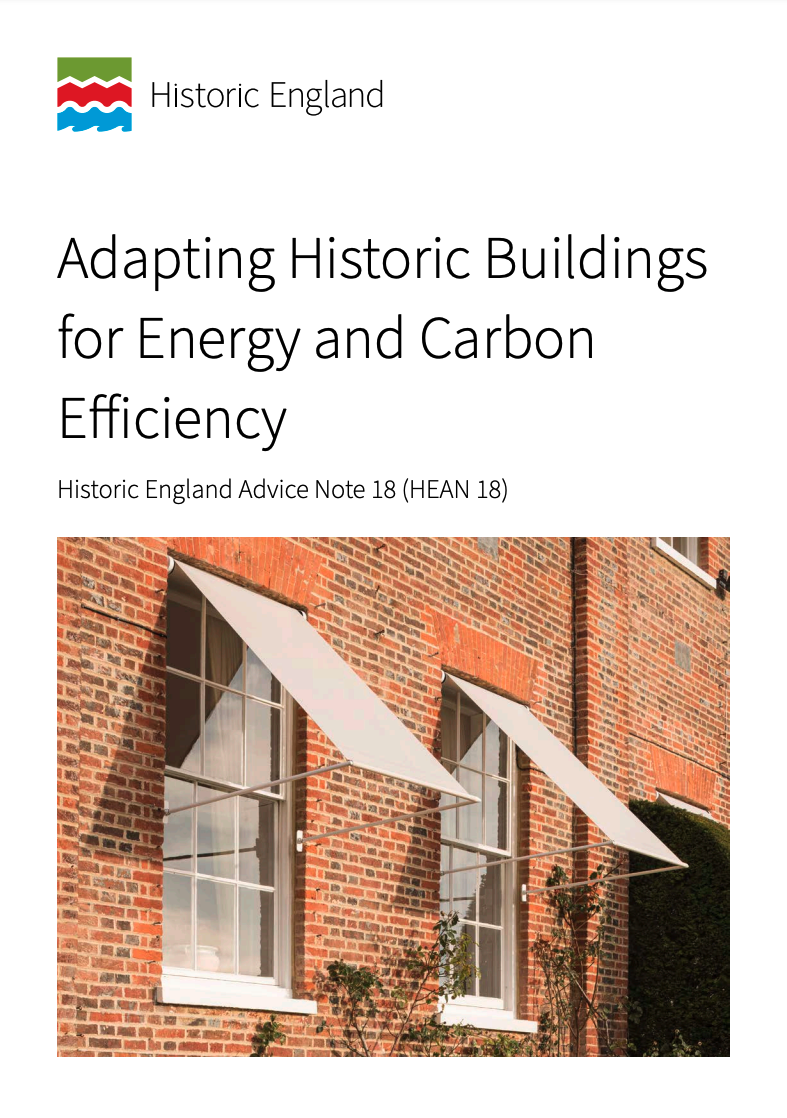Historic England Failing at Retrofit?

The latest advice note from Historic England provides an 'almost there' set of guidance to those involved in retrofitting Historic Buildings particularly the listed building residential owner group.

"Internal wall insulation will be acceptable in some cases."
The premise for this line in the Historic England report, is that interior finishes make up much of their appeal, and historic value.
The fact that almost 90% of listed buildings are grade 2 listed means there is a massive variety of interiors - or parts thereof - which are rated as being attractive for future generations.
For some residential owners they might have a fireplace, or other internal wall feature which is being protected and it is right we look after our heritage. But.
If further in the Historic England report;
"External wall insulation is unlikely to be acceptable."
How can the fabric of an historic building get any help in making itself more energy efficient, is it only the roof (inside) and the doors (the gaps) or maybe an insulated lime floor that can be considered?
Walls make up the majority of the structure.
There seems to be a serious disconnect between the need to preserve buildings, keeping the knowledge of old building methods (to stop say inadvertent cold bridging or condensation problems with maladaptions) and modern techniques that would work.
If we are reaching a point of crisis, where even the Crown Estate is reconsidering it's nimbyish rejection of wind turbines is it time that the constraints of preservation be eased even further to prevent grade listed buildings becoming uninhabitable?
Can you Retrofit Energy Solutions With Uninsulated Walls?
Any starter Retrofit Assessor will not recommend you install heat pump technology if the very fabric of your building leaks energy.
Historic England is a great organisation but it could be the balance of preservation of housing might need to tip even further towards the preservation of the climate.
If the buildings look great but we're in a climate plagued by ever increasing temperature rises, maybe it's time to be more ambitious.

